Since early on in our COVID-19 response, Wakefield Brunswick's been working to advise our client partners across the United States on response and planning activities that healthcare organizations can take to assist in preparing and responding for impact to their organizations.
In this short 5-minute video, our Vice President of Client Services Christopher Sonne, is discussing some alternative staffing solutions to try in your healthcare organization.
Below you can read the transcript from this video:
Early on in this pandemic, we talked about the potential for secondary or tertiary phases of an impact of COVID-19. Now many parts of the country are starting to see that.
In my home state of Wisconsin, that is very much true in recent days. We have begun to see some very dramatic spikes in COVID-19 cases and an increase in our positive overall rates of tests coming back from these events in specific parts of our area.
One of the key things, when we look at the increased number of cases, is that though we do have a better of understanding of how to treat these patients, and care plans have really been refined over the months, we aren't looking at an event where we have infinite resources. Our resources that we have truly are finite.
The most important resource that we have is going to be our staff, our personnel, our clinical care providers, those frontline support workers that are going to be responsible for really caring for these patients.
Just a recent interview in the Fox Valley area of Wisconsin, the chief medical officer of ThedaCare indicated, "We can increase the wards, we can increase the beds, but what we can't do is magically have these staff appear to be able to take care of these patients." So a lot of organizations say,
"What is it that we can do to help supplement looking at the resources we have?"
One model that we look at evaluating and advising our clients on is looking at this almost from a reverse cascade effect of staffing models for your organization. Meaning, when we start to look at some of our registered nurses and clinical care staff that may be in the outpatient setting, how can they be repurposed in an inpatient setting to potentially assist with some tasks within their scope of care on a medical-surgical floor.
How can we then take some of those now available medical-surgical floor nurses and pull them up to a telemetry unit to assist with non-cardiac telemetry tasks like patient care, rounding, or delivering certain medications. And then by doing that, how are we now able to take those telemetry nurses, putting them up into now an intensive care setting to assist those ICU nurses, where we start to see some of our resources become finite and very specialized in what they're doing.
Many organizations are developing these ICU strike teams, either led by one or two ICU nurses. They often include a cadre of respiratory therapists, physical therapists, occupational therapists, nursing assistants, and nurses from other clinical care areas of the hospital to support them, as we discussed, to expand our ability to care for these patients within our area.
And just in Stat News, we also had a great article that was released just a couple of months ago, talking about our ability to increase those ICU staffing capabilities as we tend to see those areas of higher prevalence of sicker patients and higher acuity patients, that really becomes kind of that crux and kind of the limitations of our resource capabilities.
The data mentioned in this video has been sourced from the recent article, ‘Impact of COVID-19 second wave on healthcare worker staffing levels’ published by the Cambridge University Press.
With all this being said, if you do need some additional assistance or if you'd like to continue the conversation and say, "Hey, this is something that's resonating with our organization." Please feel free to click on the link below.
I would be more than happy to engage in a conversation with you and let you know how Wakefield Brunswick can assist in advising your organization as well.
And before I leave you, I also would be remiss not to mention the great, no-charge COVID-19 resource toolkit we have available on our website as well. It's an excellent repository of information on several different areas.
Covering topics of response and planning to COVID-19, which includes some nice ICS bundle templates to assist in developing your incident management teams for both critical care hospitals, public health, and can also be adapted to be utilized in larger tertiary institutions as well.
And with that, I thank you look forward to chatting soon.
WORK COLLABORATIVELY. ACT DECISIVELY.
The WB Team
Have a question? Send us an email at team@wakefieldbrunswick.com.
Disclaimer: We at Wakefield Brunswick feel strongly that in order to effect positive outcome change in this critical time, conveying information in a timely manner is critical. We will continue to follow the advice of medical experts and to disseminate actionable information as fast as possible. We further understand that this will necessitate periodic revisions and clarifications of some of our recommendations. Please remain flexible to update your protocols with these modifications if and when they become necessary.

